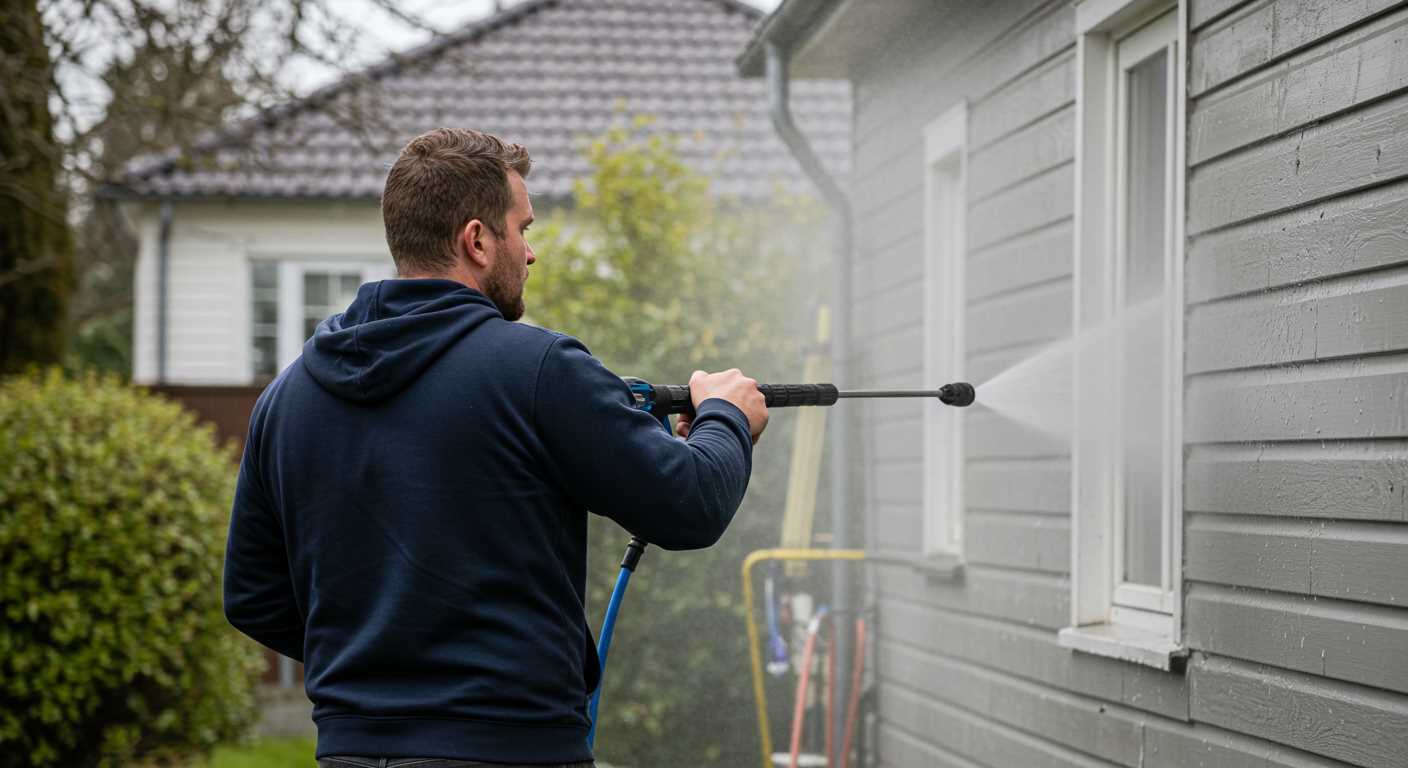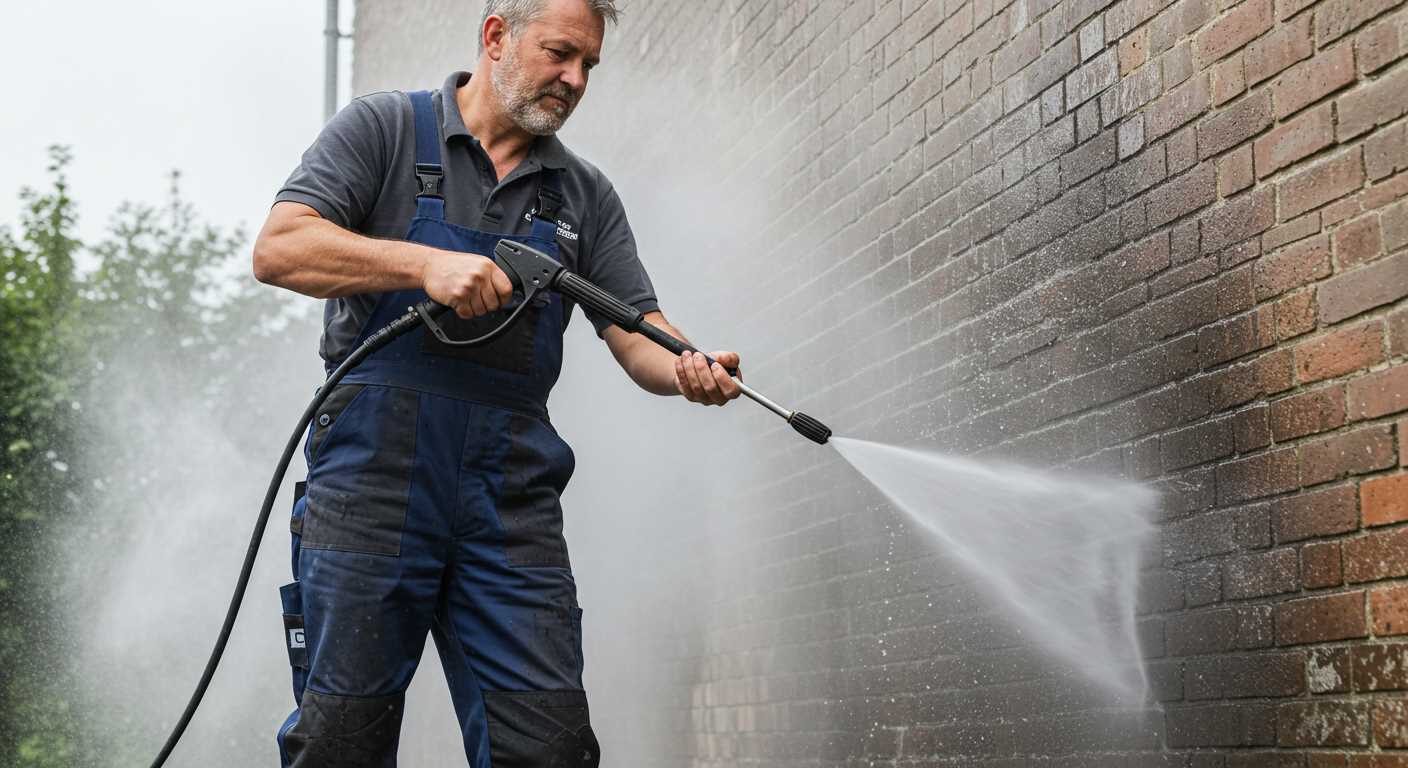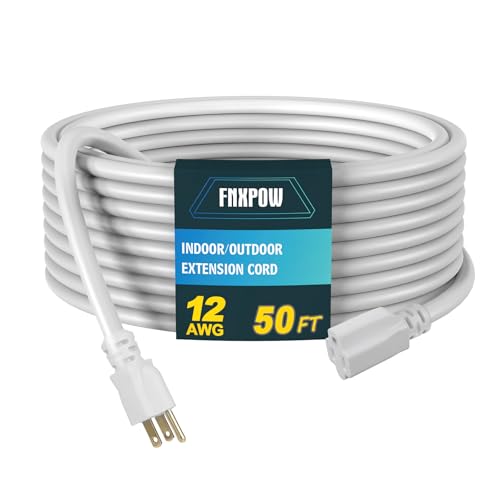



Double-check the power source first. Ensure the unit is properly plugged in and that the outlet is functioning; consider testing it with another device. Additionally, inspect the power cord for any visible damage. If you are dealing with a gas-powered device, verify that there’s sufficient fuel and that the fuel is fresh, as old or contaminated fuel can lead to starting issues.
Next, examine the safety features. Many models come equipped with a trigger safety lock or an internal pressure relief valve that must be set correctly before attempting to operate the machine. If your model has a choke mechanism, make sure it’s in the correct position to facilitate starting.
Don’t overlook the maintenance aspect. A clogged filter, dirty spark plug, or obstructed fuel line can prevent ignition. Clean or replace these components as per the manufacturer’s guidelines to ensure optimal performance. Finally, refer to the user manual for specific troubleshooting tips tailored to your model, as variations between devices can be significant.
Check the Power Source and Connections
Verify that the outlet is functioning. Plug in another device to see if it operates. If it doesn’t, the issue lies with the outlet, requiring a circuit breaker reset or contacting an electrician.
Inspect the power cord for damage. Look for frays, cuts, or any signs of wear. If the cable appears compromised, replace it immediately to ensure safety and proper function.
Ensure that all connections are secure. Check that the plug is firmly inserted into the outlet and inspect any extension cords for loose connections. If using multiple cords, ensure they are of adequate capacity to handle electrical load.
For models that operate on gas, confirm fuel levels. If the tank is empty, refill with the appropriate type of fuel. Additionally, check if the choke settings are appropriate, as incorrect settings may prevent ignition.
Examine the reset button, typically located on the base of the unit. If it has tripped, press it to reset. This can often resolve minor electrical issues.
Inspect the power cord for damage
Begin by examining the power cord closely. Look for any visible signs of wear or cuts, as they can interrupt the electrical flow required for operation. If the cord appears frayed or damaged, replace it immediately. Operating with a faulty cord poses a safety risk and can lead to further equipment failure.
Check the connections at both ends of the cord for corrosion or loose fittings. A snug connection is essential for the machine to receive adequate power. If the connection is compromised, cleaning or tightening it might resolve the issue.
For a thorough inspection, consider using a multimeter to test for continuity in the cord. This can help identify internal breaks that are not visible externally. If you detect a break, the cord must be replaced, as repairs are typically not advisable.
When replacing the cord, ensure you select one that meets the specifications outlined in the manufacturer’s guidelines. The gauge and length of the cord can affect performance and safety.
| Signs of Damage | Action to Take |
|---|---|
| Frayed or cut insulation | Replace the power cord |
| Corroded connectors | Clean connections or replace if necessary |
| No continuity detected | Replace the power cord |
By ensuring the power cord is in good condition, you can eliminate one of the common culprits behind the malfunction. Taking these steps can contribute to better functionality and prolong the lifespan of the equipment.
Examine the Switch and Control Panel
Check the power switch and control panel for any signs of malfunction. Ensure that the power switch is toggled to the “on” position. If the switch feels loose or unresponsive, it may require replacement to ensure proper functioning.
Inspect the control panel for visible damage, corrosion, or dirt that might obstruct functionality. Clean away any debris gently with a soft cloth. For buttons that are stuck or unresponsive, a small amount of contact cleaner can be applied to restore their sensitivity.
Test the Functionality
.jpg)
Utilise a multimeter to test the continuity of the switch. Disconnect the machine from the power source before proceeding. If the multimeter indicates a break in the circuit, replacing the switch is necessary.
Look for Loose Connections
Examine the connections between the switch and the motor. Ensure that all terminals are secure and free from oxidation. Tighten any loose screws and replace damaged connectors to ensure a solid electrical flow.
If the control panel appears to be functioning properly but issues persist, it might indicate a deeper electrical problem within the machine. Consider consulting your user manual or a professional technician for further assistance.
Assess the Fuel or Oil Levels
Check the fuel tank for adequate gasoline. If it’s nearly empty, refill it with fresh fuel, ensuring it’s the right type for your machine. Contaminated or stale fuel can cause starting difficulties, so if it has been sitting for some time, consider draining it and replacing it with new fuel.
For oil-operated units, inspect the oil reservoir. Lack of oil can harm internal components and prevent operation. If the level is low, add the appropriate oil until it meets the recommended mark. If the oil appears dirty or contaminated, an oil change may be necessary.
Always use the type of fuel and oil specified in the manufacturer’s manual to avoid compatibility issues that could lead to malfunctions. Taking these steps ensures that your equipment is ready for efficient use whenever needed.
Clean or Replace the Spark Plug

Inspect the spark plug for damage or carbon build-up. If it looks dirty, remove it and clean it using a wire brush. Ensure the electrode is not worn out; if it is, replace it with a new one that meets the manufacturer’s specifications.
Steps to Clean the Spark Plug

- Disconnect the lead from the spark plug.
- Use a socket wrench to remove the spark plug from the engine.
- Examine the spark plug: check for cracks, corrosion, and carbon deposits.
- If dirty, scrub the electrode and ceramic insulator with a wire brush.
- Check the gap between the electrodes using a feeler gauge; adjust it if necessary.
- Reinstall the cleaned spark plug, making sure it is snug but not overtightened.
- Reconnect the lead firmly.
When to Replace the Spark Plug
Consider a replacement if the spark plug shows signs of severe wear, such as:
- Cracks on the ceramic part or the metal body.
- Excessive carbon build-up that cannot be cleaned effectively.
- Worn or chipped electrodes.
Always use a spark plug that matches the specifications for your model. This ensures proper ignition and engine performance. Installing a high-quality spark plug can significantly enhance the reliability of the equipment.
Look for Blockages in the Water Intake
Begin by inspecting the water intake area for any obstructions that may impede flow. Disconnect the hose and check for kinks, dirt, or debris that might restrict water entry. A clogged filter screen can also prevent adequate water supply; remove and cleanse it thoroughly or replace it if necessary.
Clear the Hose and Fittings
Once the hose is detached, examine the entire length for blockages. Use a long, flexible tool or a garden hose to flush out any foreign material caught inside. Ensure that all fittings are tightly connected and free from any debris that could hinder performance.
Water Source Quality
Consider the quality and pressure of the water source itself. If using a garden tap, ensure that it’s delivering a steady and sufficient water flow. Sometimes, installation of a hose attachment with a filter can provide an added layer of protection against sediment that could cause issues.
Consult the manufacturer’s manual for troubleshooting
Refer to the specific manual for your model for detailed troubleshooting steps. Each manufacturer includes unique guidelines tailored to their equipment. This resource typically outlines common issues, detailed diagrams, and recommended solutions relevant to your model.
Check the troubleshooting section for diagnostic charts, which may help pinpoint the problem quickly. Follow the outlined steps methodically to ensure all potential causes are addressed. Pay particular attention to any safety warnings or recommended tools to avoid potential hazards during servicing.
If the manual includes a section on maintenance, review it to ensure that your unit has received proper care according to the manufacturer’s specifications. This proactive approach often highlights issues that could be affecting performance.
In case you encounter persistent problems that don’t resolve through the manual, consider reaching out to the manufacturer’s customer support. They can provide expert guidance tailored specifically for your machine.







